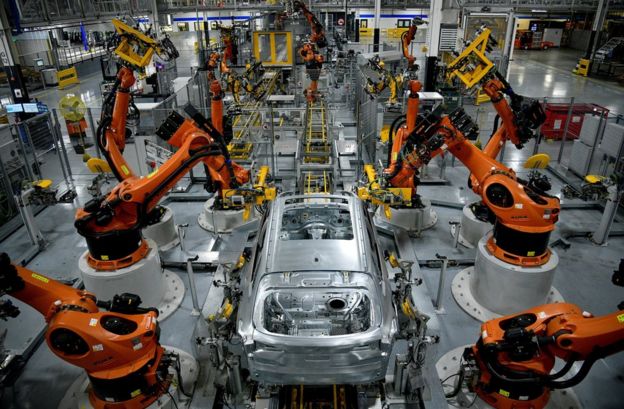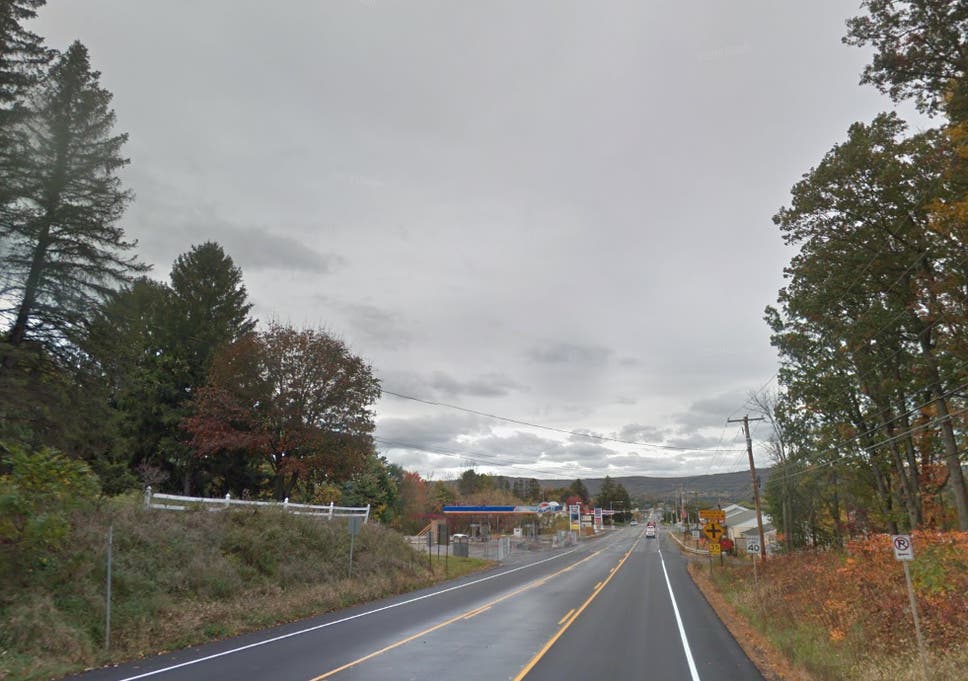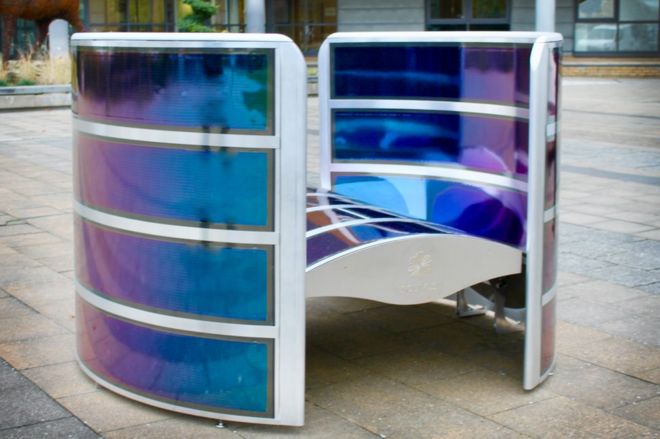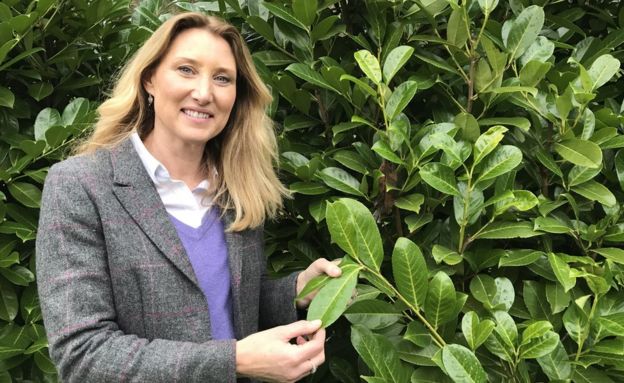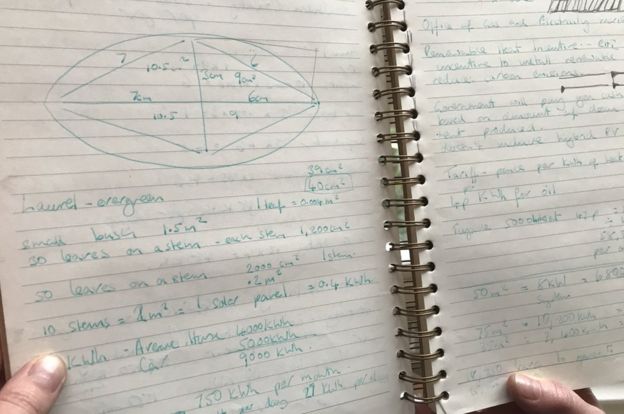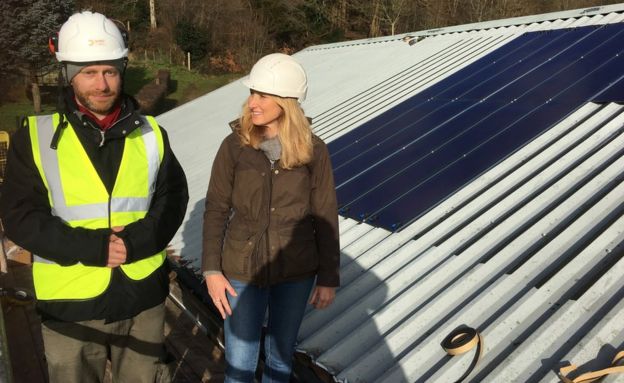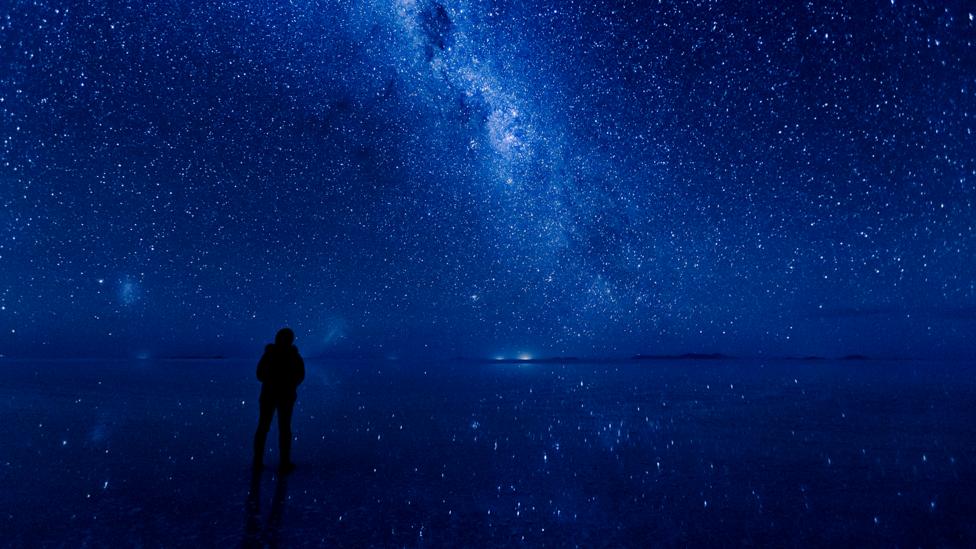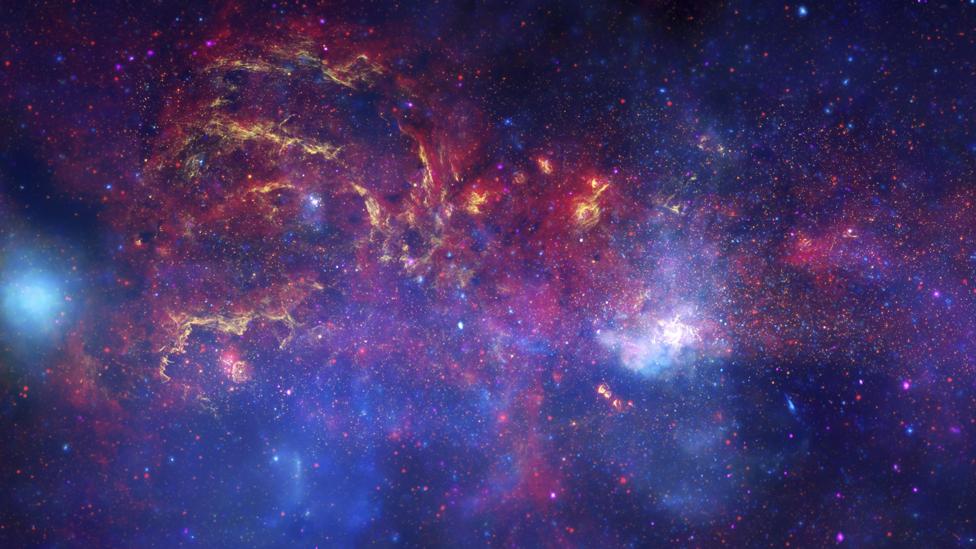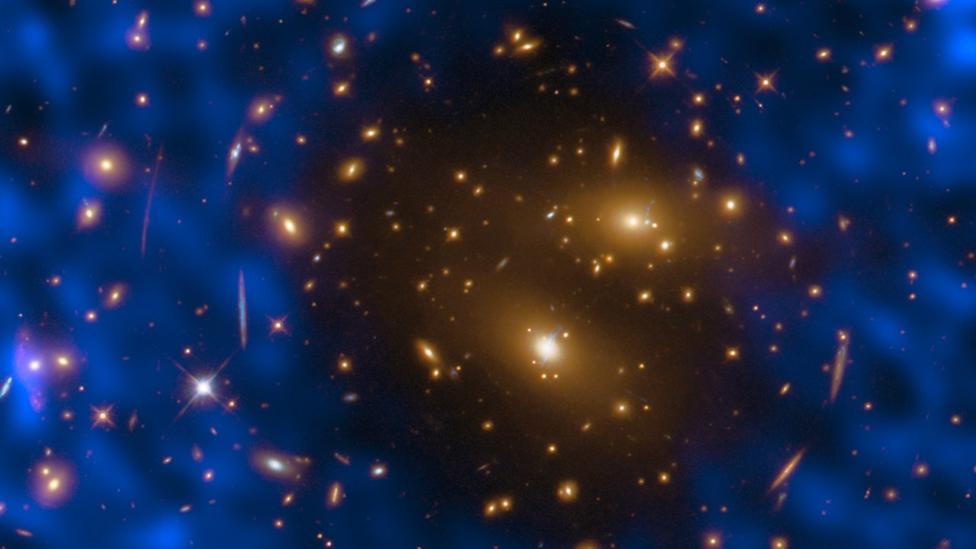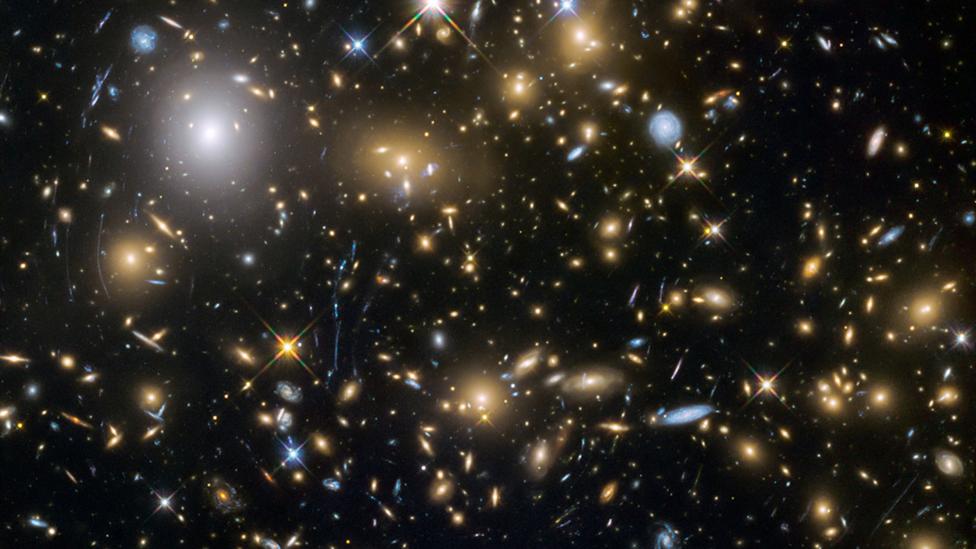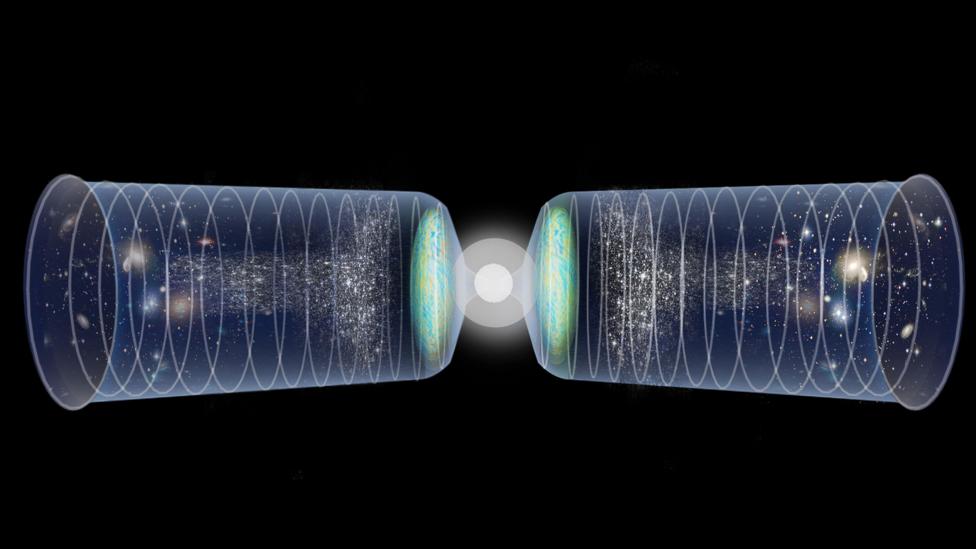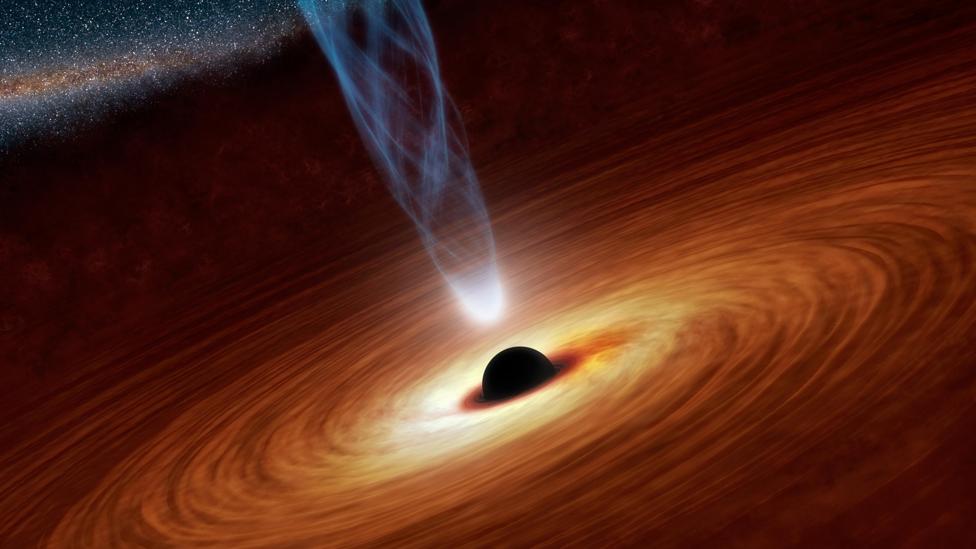TRUMP SUPPORTER WHO DISCUSSED SURVEILLANCE OF AMBASSADOR MARIE YOVANOVITCH HAS HISTORY OF STALKING, MENTAL HEALTH ISSUES
Lee Fang
January 15 2020
THE MAN who relayed information about Ambassador Marie Yovanovitch’s location to Rudy Giuliani’s Ukrainian associates was a known stalker with mental health issues.
Newly released private WhatsApp messages between Lev Parnas, an associate of Giuliani’s, and Robert F. Hyde, a donor to President Donald Trump’s campaign and aspiring GOP lawmaker, reveal what appears to be an effort to surveil the former ambassador to Ukraine, whose ouster was sought by Giuliani as part of a plan to pressure the Ukrainian government into pursuing political investigations at the White House’s behest.
The messages, released Tuesday by the House Intelligence Committee relating to its ongoing impeachment inquiry, show Hyde claiming to know Yovanovitch’s location and movements in Kyiv, while implying that he was in contact with local security services in Ukraine who could be paid to go after the ambassador.
The startling messages show the extent to which the Giuliani associates were willing to at least entertain extreme tactics from a campaign donor who has courted controversy and even unsettled others, including fellow supporters of the president.
The Intercept obtained police records showing that Hyde violated a restraining order issued by a Washington, D.C., Superior Court judge at the request of a Republican consultant who says that Hyde stalked her and intimidated her family over the last year. In one of the reports, an officer disclosed that Connecticut police confiscated Hyde’s firearms in connection to his violation of the restraining order. Hyde was reported to authorities for “unsettling behavior” and trespassing at a church in Connecticut, according to a separate police report last summer.
Asked for comment, Hyde texted The Intercept, “Bull Schiff is still crying?! Lol. Tell him to go whistleblow himself.” He did not respond to other allegations against him.
Hyde’s other acquaintances noted that he has a history of erratic behavior. Jeffrey Peterson, a technology entrepreneur, said Hyde came to meet with him recently, then disappeared, only to resurface months later. Hyde, Peterson said, “has been trying to reestablish contact with me ever since, not really comfortable with him.”
Hyde publicized that he was placed in a psychiatric facility in Florida last May, following an incident at the Trump National Doral Miami resort. A report written by the Doral Police Department at the time notes that Hyde expressed fear for his life and told officers that he “was scared due to several painting workers and landscape working trying to do harm to him because they weren’t working.”
Hyde posted about his facility stay in a now-deleted Instagram video. “I don’t know what that nine days was in that facility, and they wanted to keep me 10 and I finally got out, but here I am,” Hyde said in the video following his release. The caption for the video and the police report reference confinement under Florida’s Baker Act, which allows individuals showing signs of mental illness who could pose a danger to themselves or others to be involuntarily submitted to a mental health facility.
Shortly after his release, in a now-deleted Facebook post, Hyde wondered if Dan Coats, Trump’s former Director of National Intelligence, “effed with me in DC a month ago” and “probably initiated my disappearance for awhile.”
Last year, Hyde began a campaign for Congress, seeking the Republican nomination to challenge Rep. Jahana Hayes, D-Conn. The former owner of a landscaping company, Hyde describes himself as a “U.S. Marine Corps Iraqi Freedom war veteran” and “an ardent support of our duly elected president, President Trump” on his campaign website.
Hyde has other legal issues, according to records, including an eviction from a commercial property in Simsbury, Connecticut, where his former business was located. In 2011, Hyde was arrested in Avon, Connecticut, for reckless endangerment in connection a tree that fell on power lines near one of his work sites. He also owes more than $2,000 in child support payments, according to the Hartford Courant, despite donating thousands of dollars to Trump and the Republican National Committee.
Hyde’s tone toward women has also sparked a minor scandal in his political campaign. In December, after Sen. Kamala Harris, D-Calif., suspended her presidential bid, Hyde tweeted that Harris was “brought to her knees,” followed by the message: “Must be a hard one to swallow. #KamalaHarris #heelsup.” The inflammatory message was swiftly condemned by both parties. The Connecticut Republican Party returned Hyde’s donation of $750 in response to his “vile comments on Twitter.”
In the newly released WhatsApp messages, Hyde wrote to Parnas, “Wow. Can’t believe Trumo [sic] hasn’t fired this bitch,” in reference to Yovanovitch.
Throughout 2018 and much of early 2019, Parnas and his business partner, Igor Fruman, worked closely with Giuliani to oust Yovanovitch, a career diplomat who was viewed as an obstacle to a plot to use the Ukrainian government to investigate Trump’s political adversaries, including former Vice President Joe Biden, his son Hunter, and the Democratic National Committee.
As part of the effort, Parnas and Fruman committed to raising $20,000 for then-Rep. Pete Sessions, R-Texas, in exchange for a letter from Sessions to the State Department demanding Yovanovitch’s ouster.
The WhatsApp messages between Hyde and Parnas reveal a new dimension to the continued focus of Giuliani’s focus on Yovanovitch. “She under heavy protection outside Kiev,” Hyde wrote to Parnas last March. In another batch of messages, Hyde claimed, “That address I sent you checks out. It’s next to the embassy.” Other Hyde messages conveyed an eerie level of knowledge about Yovanovitch’s activities: “She’s talked to three people. Her phone is off. Computer is off. She’s next to the embassy. Not in the embassy. Private security. Been there since Thursday.”
Parnas’s lawyer, Joseph A. Bondy, did not immediately respond to request from The Intercept. In a statement to the Washington Post, he said, “There is no evidence that Mr. Parnas participated, agreed, paid money or took any other steps in furtherance of Mr. Hyde’s proposals.”
Hyde also sent several cryptic messages that implied he knew of “security forces” in Ukraine who could be tapped for assistance. “They are willing to help if we/you would like a price. Guess you can do anything in Ukraine with money …” Parnas responded, “Lol.”
Whether Hyde truly had special access to Yovanovitch remains unclear. The WhatsApp messages were sent last March as the Giuliani-backed campaign to force Ukraine to investigate the Bidens escalated. In April, Trump ordered Yovanovitch to be recalled to Washington, and she was terminated from her post in early May. In November, during the impeachment hearing, Yovanovitch testified that she had been advised by the State Department that she faced threats to her security last year.
Hyde’s various social media profiles are filled with pictures of him with the president, Eric Trump, Corey Lewandowski, Roger Stone, Sarah Sanders, and a variety of Republican lawmakers. On multiple occasions, his photo has been snapped at federal government offices and at Trump-owned properties in New Jersey, Florida, and Washington, D.C. As CNN reported, Hyde “posed for a selfie with Trump on Easter Sunday, April 21, 2019, the same day Trump first called Ukraine President Volodymyr Zelensky.”
Last year, Hyde texted photos to Emilie Munson, a Connecticut-based journalist, including images of himself smoking cigars with Giuliani, Fruman, and Parnas.
I stand with @realDonaldTrump! pic.twitter.com/lKLTYZAfIy— HYDE for U.S. Congress (@rfhyde1) January 3, 2020
---30---

